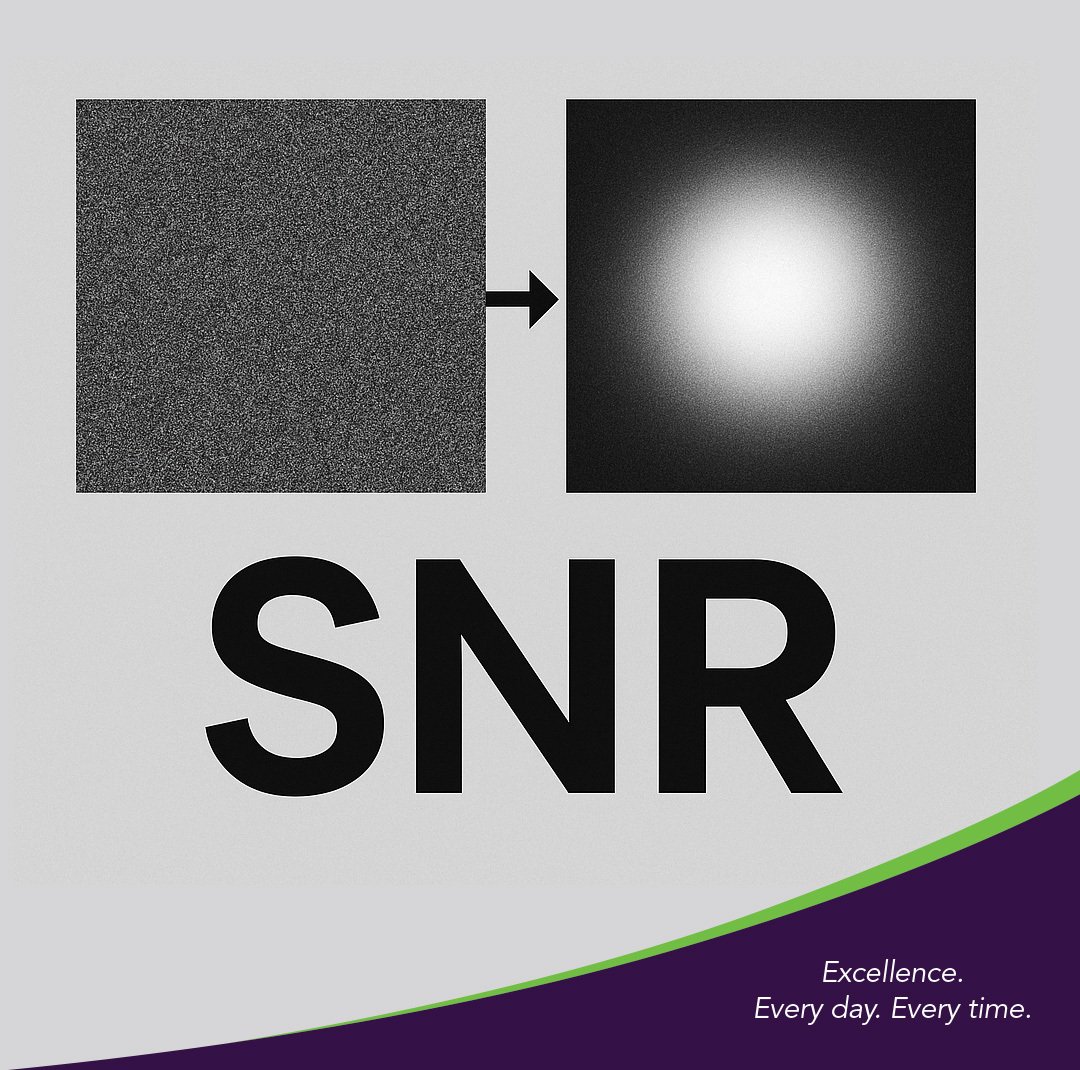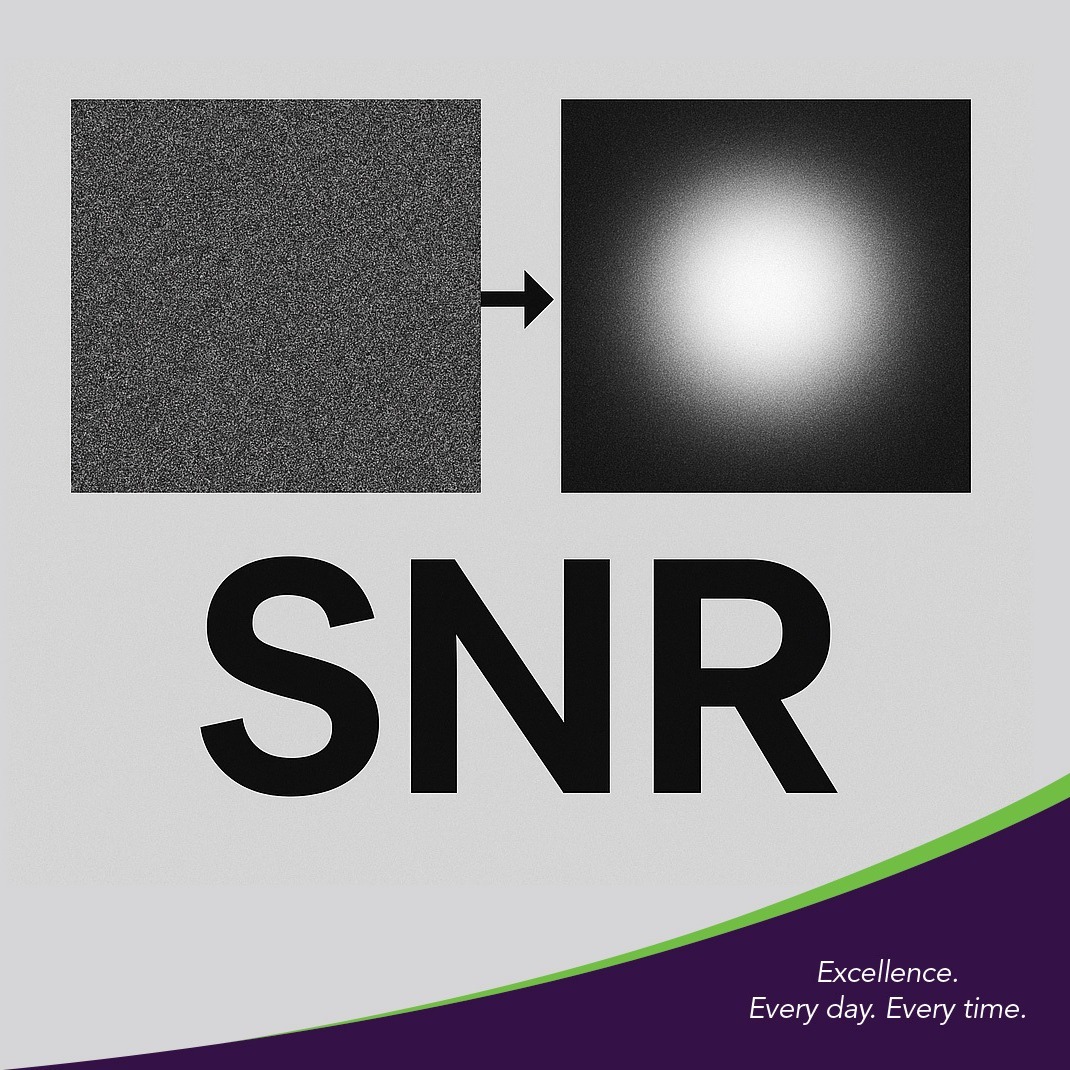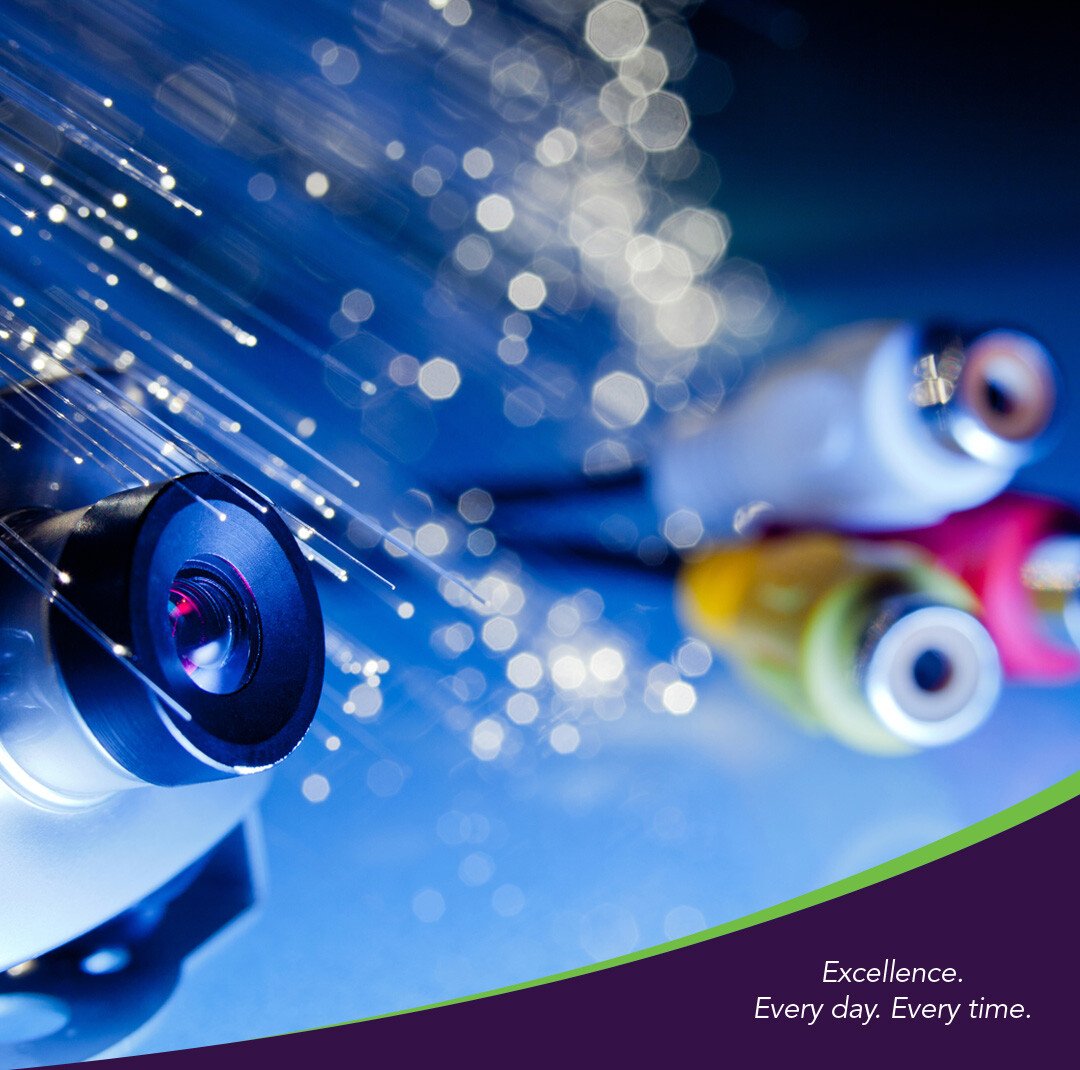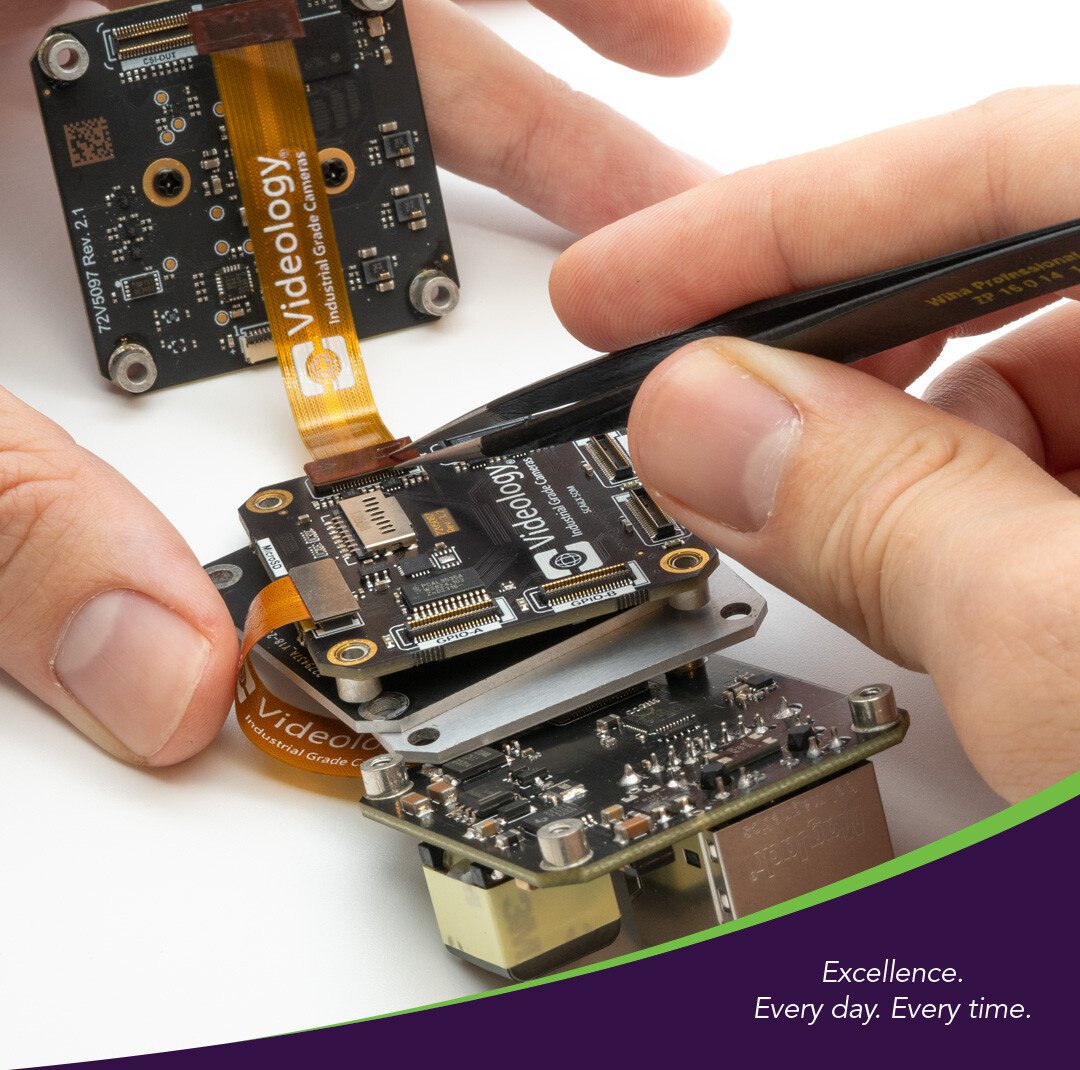The balancing act of miniaturizing industrial cameras
In industrial-grade imaging, camera size is often a topic of discussion. Advances in miniaturized technology have made small cameras increasingly...
SCAiLX AI Imaging
SOFTWARE
Excellence. Every day. Every time.
MARKETS SERVED
Excellence. Every day. Every time.
ONLINE TOOLS
DOCUMENTATION
Excellence. Every day. Every time.
OUR COMPANY
OUR PRESENCE
OUR PARTNERS
Excellence. Every day. Every time.
3 min read
Derya Yoruk
May 27, 2025

In the world of imaging, clarity is everything. Whether identifying a face in a crowded scene or capturing intricate details in an industrial process, the Signal-to-Noise Ratio (SNR) plays a pivotal role in determining image quality.
In this article, our Design Engineer Caleb Johnson breaks down what SNR is, the role of SNR in image clarity and its implications on image detail, based on lab results.
SNR is a critical metric in imaging technology, quantifying the proportion of meaningful signal relative to background noise. A higher SNR ensures sharper, clearer images, delivering the fidelity essential for demanding applications.
Several of our cameras are engineered with high Signal-to-Noise Ratio (SNR) performance to meet the demands of specialized applications.
For instance, our versatile zoom block cameras, such as the ZB40X-402-IPCV-347-AFC2, deliver strong SNR performance across a wide range of environments, including traffic surveillance and security systems, ensuring clear, reliable imaging even in challenging conditions.
Another example is our 24C708AF-1 Photo ID camera, which is optimized for ID card printing. Capturing all facial details and omitting noise plays a critical role in accuracy and clarity.
High-SNR imaging is essential across a wide range of embedded vision applications, including:
In simple terms, a higher SNR equals a clearer image. While high-resolution sensors promise detailed visuals, without a strong SNR, even the sharpest cameras can produce images muddied by noise and interference.
This makes SNR a critical factor in a broad range of applications—whether you are ensuring security in low-light environments, enabling real-time diagnostics in healthcare, or optimizing process control in manufacturing.
In security imaging and video surveillance, noise significantly impacts the ability to identify faces and objects accurately. High-SNR imaging enhances recognition performance, empowering both human observers and AI-driven systems to extract precise, actionable data from each frame.
The images below demonstrate how a higher Signal-to-Noise Ratio significantly enhances image clarity. Notice how facial features become more defined and recognizable as the SNR improves, highlighting the importance of SNR in applications that require precise visual detail.

Side-by-side comparison of a mannequin in low SNR versus high SNR conditions, illustrating improved clarity and detail in the high SNR image
Resolution is often defined by pixel count, such as 720p (HD), 1080p (Full HD), 4K (2160p), and beyond. But it can also be described as the smallest detail that can be clearly distinguished. Even with ultra-high-definition sensors, a poor SNR can obscure fine details, undermining the value of high resolution.
In the images below, gray value data was sampled across the area where the yellow lines have now been placed. Note that while both images have the same number of pixels, one is shown to be more detailed.

Side-by-side comparison of focus test pattern chart with low versus high SNR
Our test results show the direct influence of SNR on image detail. The low SNR image exhibits a reduced amplitude, and the irregular waveform suggests the presence of noise and blurring. As a result, it is difficult to maintain separation between dark and light regions, which is typical in low SNR scenarios.

Figure 5: Line graph of Gray Value over Distance in pixels showing highs of 220 to 250 and lows of 45 to 90.
However, on a high-SNR image, the waveform shows more consistent, well-defined oscillations, indicating strong contrast and minimal noise. The camera captures fine details with high fidelity, delivering sharp contrast and precise reproduction, even in densely packed areas of the image.

Figure 6: Line graph of Gray Value over Distance in pixels showing highs of 235 to 250 and lows of 0 to 10.
Signal-to-noise ratio (SNR) is a cornerstone of image quality, influencing everything from contrast and clarity to overall resolution. Regardless of the vertical industry and the application, the ability to maintain a high SNR directly impacts operational success. Optimizing SNR is not merely a technical enhancement but a strategic necessity for any application where precision and reliability matter.
At Videology, we design imaging solutions that prioritize superior SNR performance, ensuring our customers achieve the clearest, most dependable results - every time, in every environment. As imaging demands continue to evolve, SNR remains a critical factor in delivering excellence across industries.


In industrial-grade imaging, camera size is often a topic of discussion. Advances in miniaturized technology have made small cameras increasingly...

1080p, 720i, Megapixel, 2 Megapixels, 4, 8, 24 Megapixels… 4K, 8K, or even Gigapixels, yes, that’s a thing! But what does this all mean in terms of a...

The SCAILX AI platform is a modular compact vision AI Edge solution with various interface boards for connecting image sensors/cameras to the NXP...
HEADQUARTERS LOCATION
Videology Industrial-Grade Cameras
35 Hampden Road
Mansfield, MA 02048
United States
Directions
+1 401 949 5332
sales@videologyinc.com